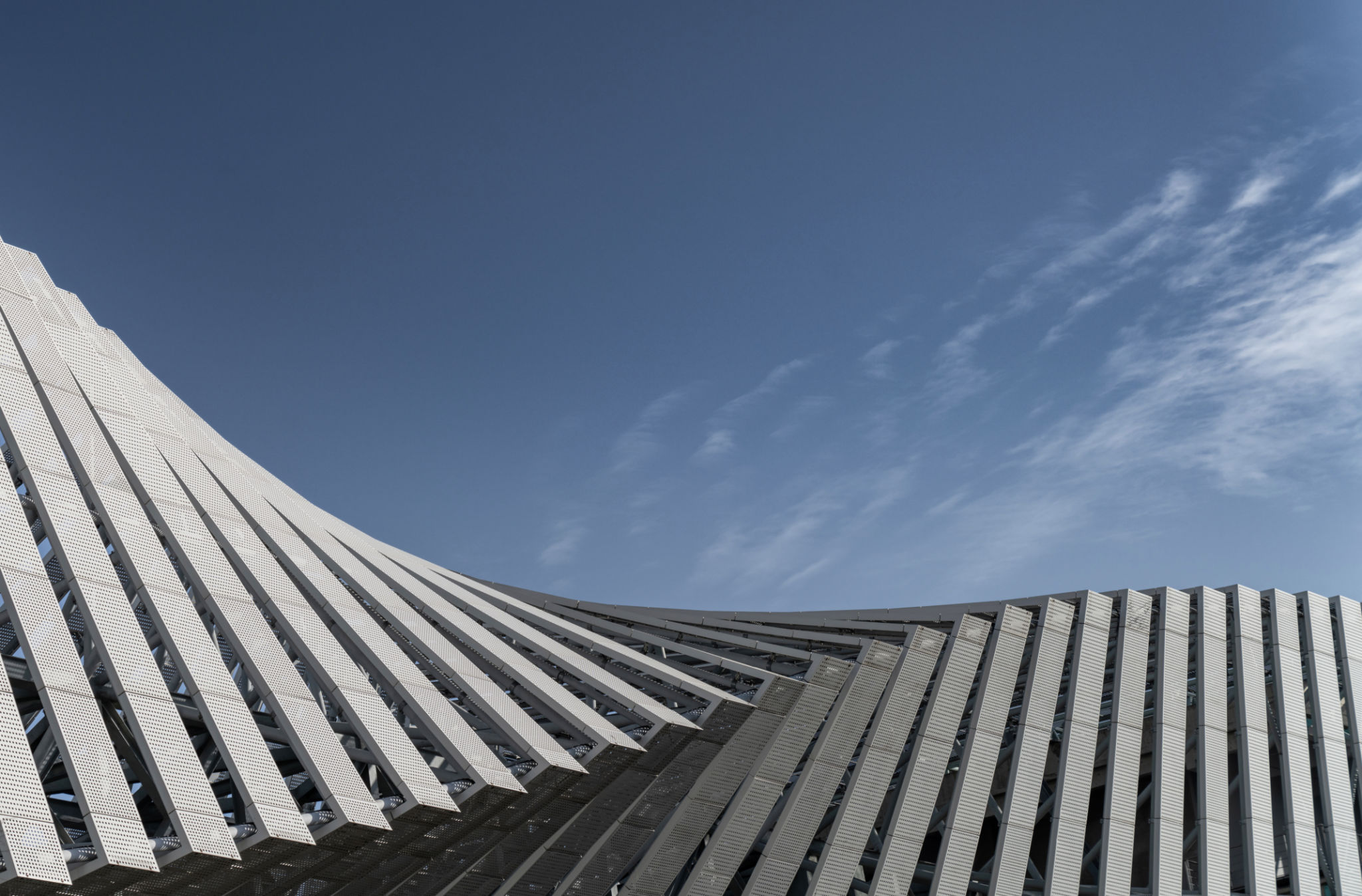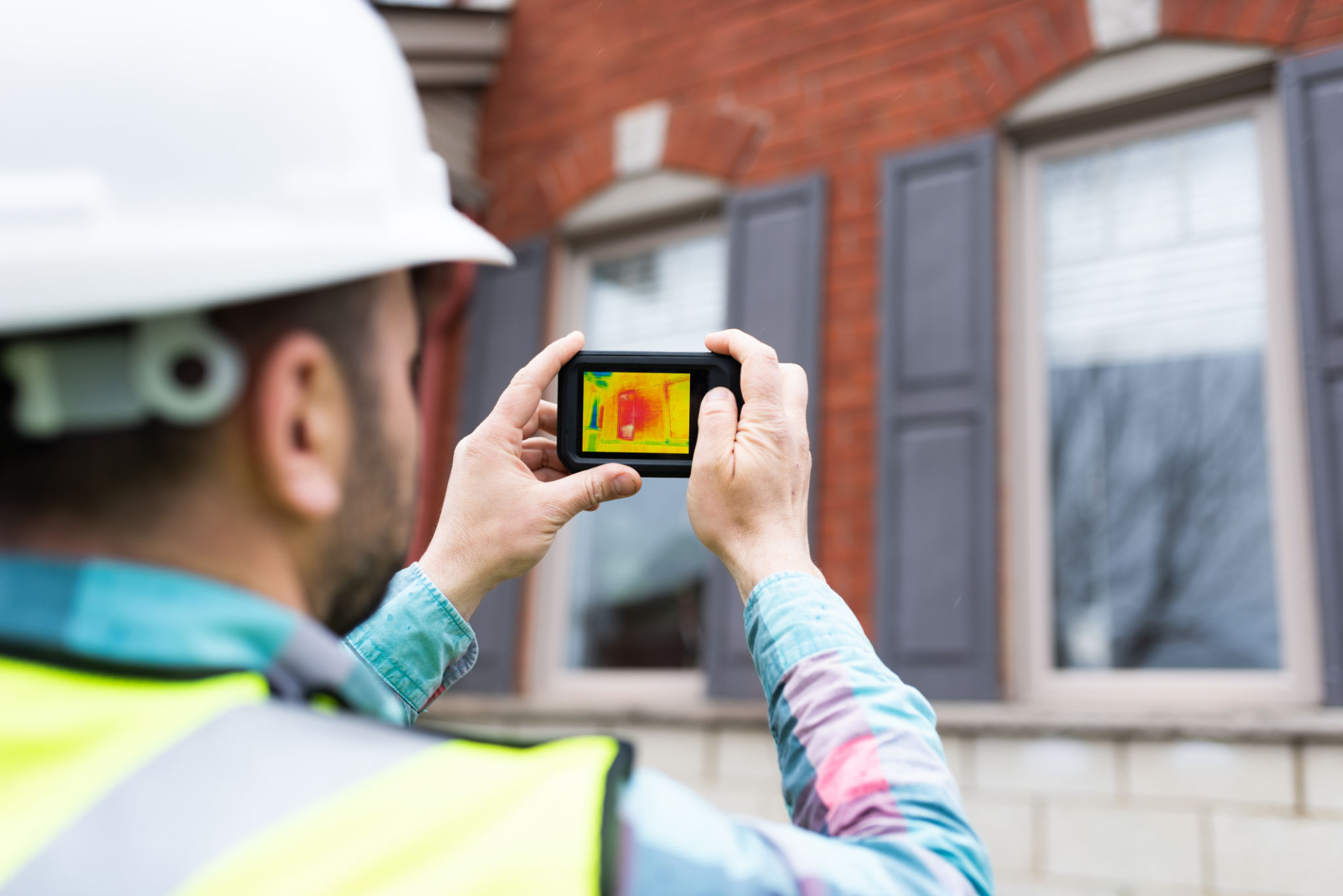The Future of Glass-Aluminium Facades: Trends and Innovations
Introduction to Glass-Aluminium Facades
The architectural landscape of modern cities is increasingly being defined by the sleek and innovative use of glass-aluminium facades. These structures not only offer aesthetic appeal but also bring a host of functional benefits, such as enhanced energy efficiency and environmental sustainability. As we look towards the future, it's clear that this trend will continue to evolve, bringing with it new possibilities and innovations.

Energy Efficiency and Sustainability
One of the most significant trends in the development of glass-aluminium facades is the focus on energy efficiency. Architects and engineers are continually exploring new ways to improve insulation and reduce energy consumption. Advanced glazing technologies, such as double or triple-pane glass and low-emissivity coatings, are being integrated into facade designs to minimize heat transfer and maintain comfortable indoor temperatures.
Moreover, the use of recycled aluminium in these facades is becoming increasingly popular. Aluminium's lightweight nature and high recyclability make it an ideal material for sustainable construction. This move towards sustainability not only reduces the environmental impact but also aligns with global efforts to combat climate change.

Smart Facade Technology
Another exciting innovation in the realm of glass-aluminium facades is the incorporation of smart technology. Smart facades can adapt to changing environmental conditions, optimizing light and heat levels within a building. This is achieved through dynamic glazing systems that automatically adjust their tint based on sunlight intensity, reducing the need for artificial lighting and air conditioning.
Additionally, sensors embedded in facades can collect data on various environmental parameters, providing valuable insights into building performance. This data can be used to enhance energy management systems, further improving efficiency and reducing operational costs.

Aesthetic Diversity and Customization
While functionality is critical, the aesthetic appeal of glass-aluminium facades cannot be overlooked. The trend towards customization allows architects to create unique designs that reflect a building's purpose and identity. Modern techniques enable the production of glass in various colors, textures, and patterns, offering endless possibilities for creative expression.
Moreover, the combination of glass with other materials, such as stone or wood, can create striking contrasts and add depth to a building's facade. This fusion of materials not only enhances visual appeal but also contributes to a building's overall architectural narrative.

The Role of 3D Printing and Modular Construction
The future of glass-aluminium facades is also being shaped by advancements in 3D printing and modular construction techniques. 3D printing allows for precise fabrication of complex facade components, reducing waste and accelerating construction timelines. This technology enables architects to push the boundaries of design, creating intricate patterns and structures that were previously impossible.
Modular construction, on the other hand, involves assembling pre-fabricated components on-site, significantly reducing construction time and labor costs. This approach is particularly beneficial for large-scale projects, where efficiency and speed are crucial factors.
Conclusion: Looking Ahead
The future of glass-aluminium facades is undoubtedly bright, with ongoing innovations poised to revolutionize architectural design. As technologies advance and sustainability becomes an even greater priority, these facades will continue to adapt and transform, meeting the demands of modern living while enhancing urban landscapes worldwide.

